How OEMs can reduce automation project costs
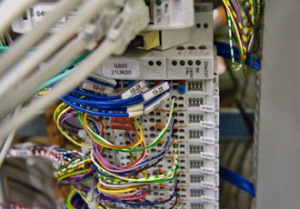
Automation systems are widely known to provide boosts to productivity and cost effectiveness for industry. These benefits typically increase with more complex and sophisticated systems, which allow the user to achieve more. However, for machine builders and Original Equipment Manufacturers (OEMs), the increased complexity of automation can result in more time consuming and expensive projects, presenting greater challenges to being cost competitive and profitable.
Here, Stephen Hayes, Managing Director of Beckhoff UK, explains how the latest technologies can reduce project costs for machine builders and OEMs.
Return On Investment (ROI) is a constant concern for industrial businesses, owing in part to the cost for manufacturers of procuring new equipment and systems. One of the areas where ROI is particularly important is in regards to automation systems and Industrial Internet of Things (IIoT) technologies. With newer technologies, there is a greater focus not only on Total Cost of Ownership (TCO) for the system itself, but also the returns it brings in production benefits.
Machine builders and OEMs play a vital role in helping industry to achieve these production benefits by designing and creating increasingly sophisticated automated equipment. However, the more complex a system is, the more complicated the design and development stage is. If a machine has multiple moving parts or numerous sections that require motion control, it leads to complex wiring and bulkier overall design footprints. The complexity of the wiring and cabling in turn adds to the development time, in turn increasing project costs.
The trouble for OEMs is that price point can be a deciding factor for customers. As automation technology has developed, more businesses have begun creating new systems, meaning OEMs and machine builders must routinely compete with lower-cost entrants into the market. Remaining viable in such a market requires competitive pricing for advanced automated systems, while staying profitable.
Project costs for OEMs and machine builders are further compounded by shipping, installation and integration times. The bigger footprint of more complex systems means increased shipping costs. Similarly, the greater number of cable runs required to provide power and communication to motion components adds to on-site installation time. From Beckhoff’s experience, many machine builders find this as one of the biggest sources of cost in an automation project.
It is with these challenges in mind that Beckhoff recently launched its Automation Without Cabinets range of products, as outlined in the recent whitepaper on the topic. This range helps OEMs and machine builders to lower system complexity, reduce shipping costs and shorten installation times to reduce overall project costs, making ROI attainable for customer and OEM alike.
Machines built with the Automation Without Cabinets concept in mind can involve fewer components than other designs, by incorporating products like the new AMP8000 compact distributed servosystem. These are comprised of a servomotor with a built-on, rear-mounted servo drive. This rear-mounting means the overall servosystem has the same mounting dimensions as a standard servomotor, while also providing performance benefits such as unobstructed heat dissipation and little to no motor derating, compared to a top-mounted design.
The overall machine can occupy a smaller footprint, which reduces shipping expenses and means simpler assembly, disassembly and reassembly during testing and transporting.
Complementary to this is the reduced number of cables. This is because the backbone of Automation Without Cabinets is products that are compatible with EtherCAT P cable technology, which provides ultra-fast EtherCAT communications and 24V power in one standard four-wire ethernet cable. This means we can help address one of the most time and cost consuming processes for machine builders and OEMs.
The commissioning and site installation stages can often be some of the most expensive parts of a project, especially when integrating more complex systems into production facilities. Reducing the number of cables makes this process simpler and faster for OEMs, reducing labour costs and strengthening the ROI on a commissioning or installation project, helping OEMs remain competitive and profitable in an ever changing automation market.
Similar articles
More from Beckhoff Automation
- EtherCAT terminal centre stage at Sensor + Test 2022 10th May 2022
- Online shopping has changed logistics forever 4th December 2020
- How OEMs can reduce automation project costs 18th November 2020
- How to reduce cabinet clutter in food production 5th November 2020

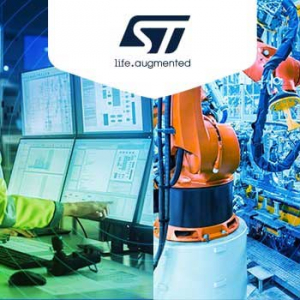
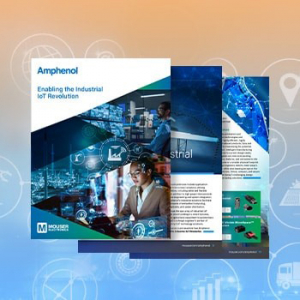
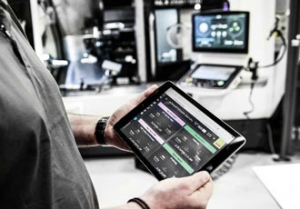
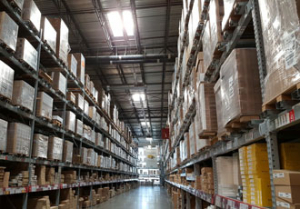







Write a comment
No comments